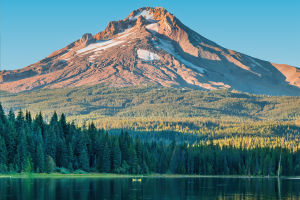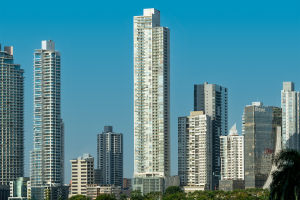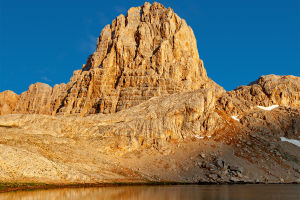Sardinia, a 9,301-square-mile island nestled in the Mediterranean Sea, just west of the Italian mainland, captivates visitors with its rich cultural heritage and stunning coastal views.
The island offers much more than just lounging on white sand beaches or dipping into crystal-clear turquoise waters.
Here, you can savor a leisurely pranzo (lunch) featuring the island's unique pasta. While snorkeling in colorful coves is a must, don't miss the chance to venture inland, where traditional villages and shepherds with their flocks await!
Best Months to Visit
The ideal time to visit Sardinia is from April to June when the flowers are in full bloom, the sea is warm, and the temperatures haven’t yet peaked in the summer heat. However, summer still has its charm: the waters of the Tyrrhenian Sea (on the island's east side) and the Mediterranean Sea are incredibly refreshing, and the island hosts a lively array of festivals and events.
September and October bring mild weather and fewer tourists, making it an excellent time for a more relaxed visit. The low season, from November to March, sees cooler temperatures and fewer crowds, perfect for those seeking a quieter experience.
How to Save Money in Sardinia
Rent a smaller car: Not only will you save on fuel, but a compact car makes navigating Sardinia's narrow streets and tight parking spots much easier.
Limit dining out: Shop at grocery stores or local markets for most of your meals instead of eating out at expensive trattorias, allowing you to stretch your budget.
Travel in the off-season: While it may be too cold for swimming in winter, you can still enjoy the local food, attractions, and fewer crowds, with accommodation prices significantly lower.
Culture & Customs
Sardinian culture shares similarities with other Italian regions: locals prioritize close bonds with family and friends, value traditions, and appreciate good food. Life here is laid-back, with many residents hailing from the island’s quieter inland villages, where shepherding remains the primary way of life, far from the tourist crowds along the coast.
The island’s calendar is filled with festas celebrating Catholic saints, and attending Mass remains an important weekly ritual for many locals.
What to Eat
Sardinia takes its food seriously, much like the rest of Italy. Coffee culture here is an art form, with ordering a un caffè serving you a small shot of espresso, rather than a large mug. For a stronger kick, try a doppio espresso (double shot). You'll also encounter familiar coffee options like an americano, made with espresso and hot water, as well as lattes, cappuccinos, and macchiatos.
Getting Around Sardinia
The best way to explore Sardinia is by car. It offers the freedom to visit all the places on your list, although it can be a bit pricey. While public transportation is a budget-friendly option, the island's trains and buses can be unreliable and slow. For some destinations, like the beautiful La Maddalena archipelago, you'll need to take a ferry.
To reach Sardinia, most travelers fly into one of the island’s three main airports: Cagliari, Olbia, or Alghero. Direct flights from cities like Rome, Milan, Naples, and Turin, as well as from other European cities, make it easy to reach the island. Alternatively, you can take a ferry from mainland Italy, with routes from Naples, Palermo, Genoa, Livorno, and Civitavecchia (near Rome).
Ferries also run from France and Spain, but these longer sailings can take up to 12 hours. Key ferry operators include Grandi Navi Veloci, Moby Lines, and Tirrenia, with multiple arrival ports across the island.


